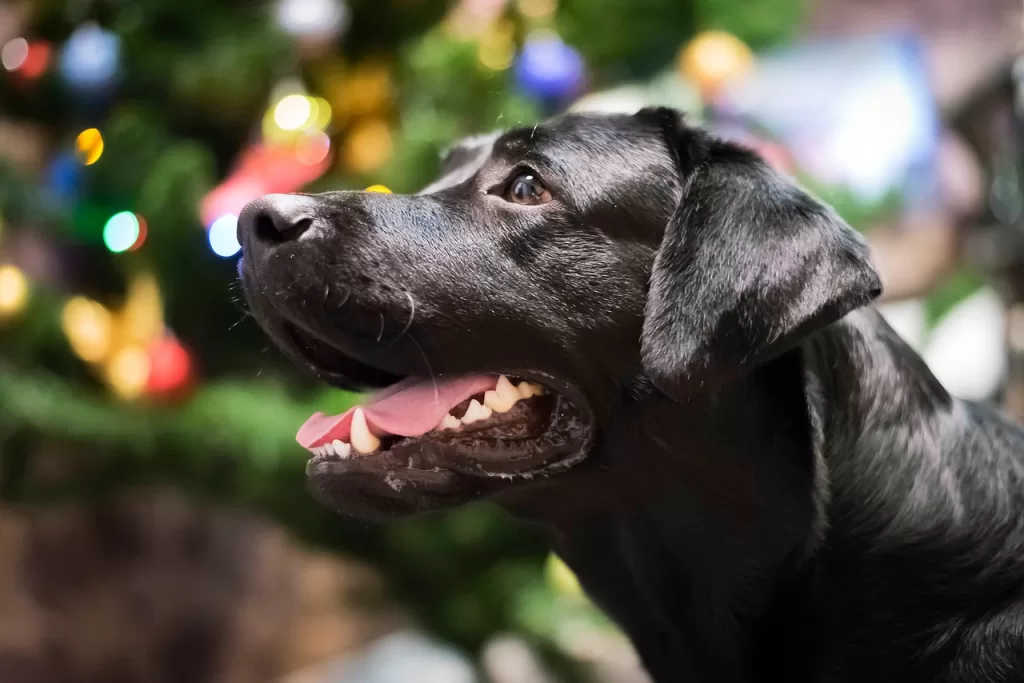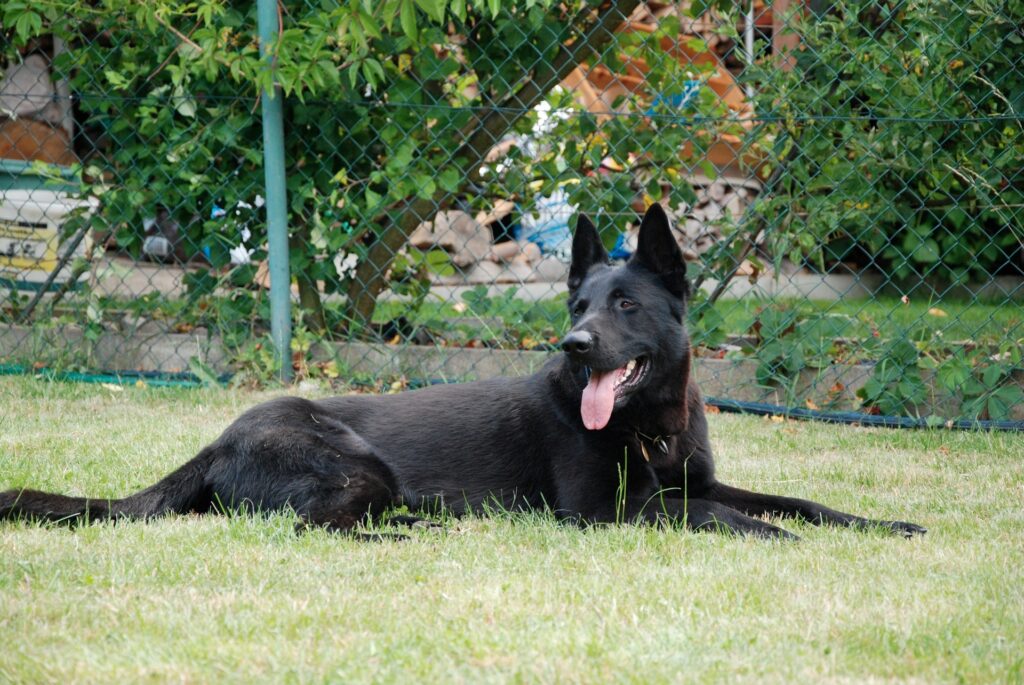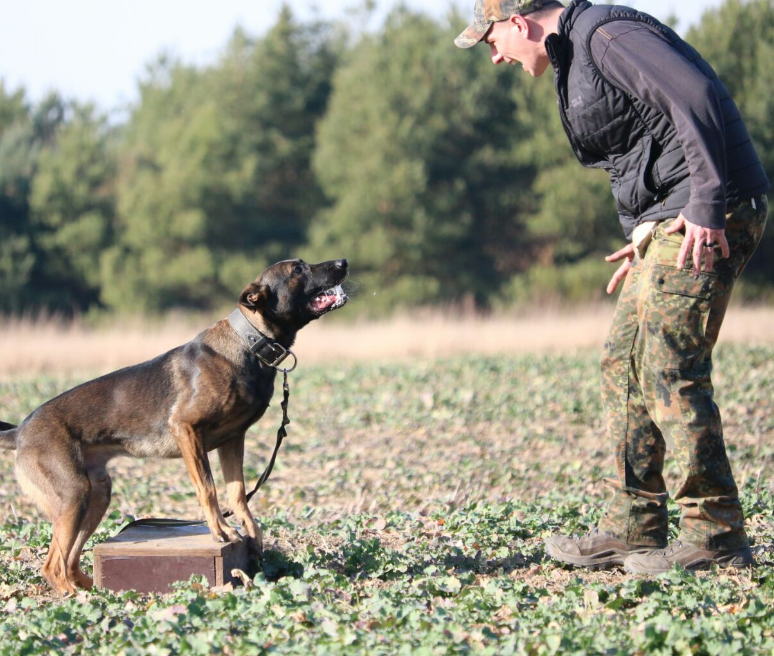
Introduction:
Dealing with an aggressive dog can be a challenging and often disheartening experience for pet owners. Aggression in dogs can manifest in various ways, from growling and barking to more severe behaviors such as biting. However, it’s essential to understand that aggression is a complex issue with various underlying causes, and addressing it requires a delicate and systematic approach to training. In this blog, we will explore the nuances of training for aggressive dogs, highlighting key principles and methods that can make a significant difference in fostering positive behavioral change.
Understanding Aggression:
Before embarking on any training program, it’s crucial to grasp the root causes of aggression in dogs. Aggression can stem from fear, territorial instincts, possessiveness, or even medical issues. Identifying the triggers and understanding the context of aggressive behavior is the first step in tailoring an effective training plan. Consulting with a professional dog behaviorist or veterinarian can provide valuable insights into the specific factors contributing to your dog’s aggression.
Positive Reinforcement:
One of the cornerstones of training aggressive dogs is the use of positive reinforcement. Punitive measures may exacerbate aggression and create a negative association with training. Instead, focus on rewarding good behavior with treats, praise, or toys. Positive reinforcement helps build trust and strengthens the bond between you and your dog. Consistency is key, and immediate rewards for desired behavior will reinforce the connection between the action and the positive outcome.
Gradual Exposure:
Exposing an aggressive dog to the stimuli that trigger their aggression in a controlled and gradual manner is an essential part of the training process. This controlled exposure allows the dog to associate the trigger with positive experiences, helping to desensitize them over time. Whether it’s encountering other dogs, meeting new people, or dealing with specific environments, a carefully managed exposure plan can contribute significantly to behavioral improvement.
Professional Guidance:
While there are numerous resources available for dog owners, seeking professional guidance is highly recommended when dealing with aggression. A certified dog trainer or behaviorist can assess your dog’s specific situation, tailor a training plan to address the aggression, and provide ongoing support and guidance. They can also teach you effective techniques for managing and redirecting aggressive behavior, ensuring the safety of both your dog and those around them.
Patience and Consistency:
Training an aggressive dog is not a quick fix, and progress may be slow. Patience and consistency are crucial throughout the process. Celebrate small victories, and understand that setbacks may occur. Consistent application of positive reinforcement and training techniques is key to long-term success.
Conclusion:
Training for aggressive dogs is undoubtedly a delicate process that requires a deep understanding of the individual dog’s triggers and motivations. By employing positive reinforcement, gradual exposure, seeking professional guidance, and maintaining patience and consistency, pet owners can make significant strides in transforming aggressive behavior into a more positive and manageable form. Remember, every dog is unique, and a tailored approach to training is essential for success.


